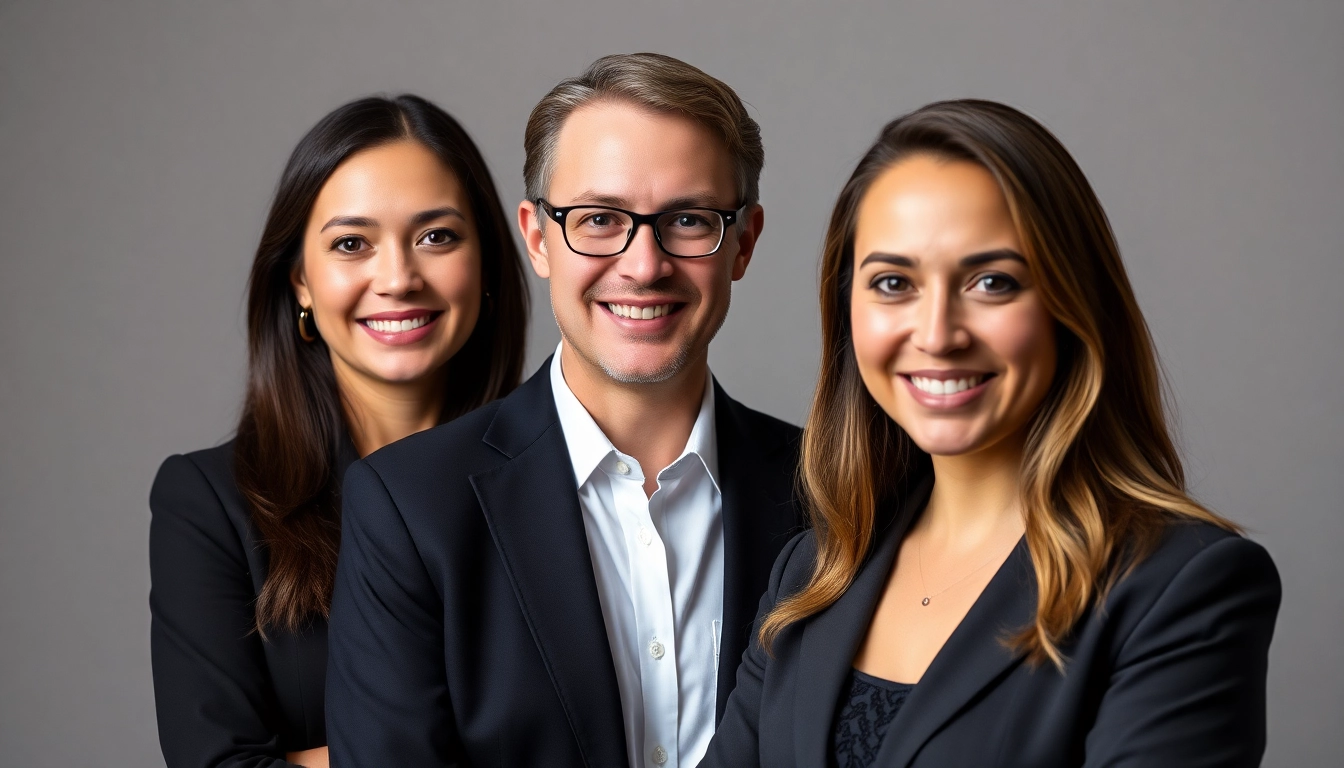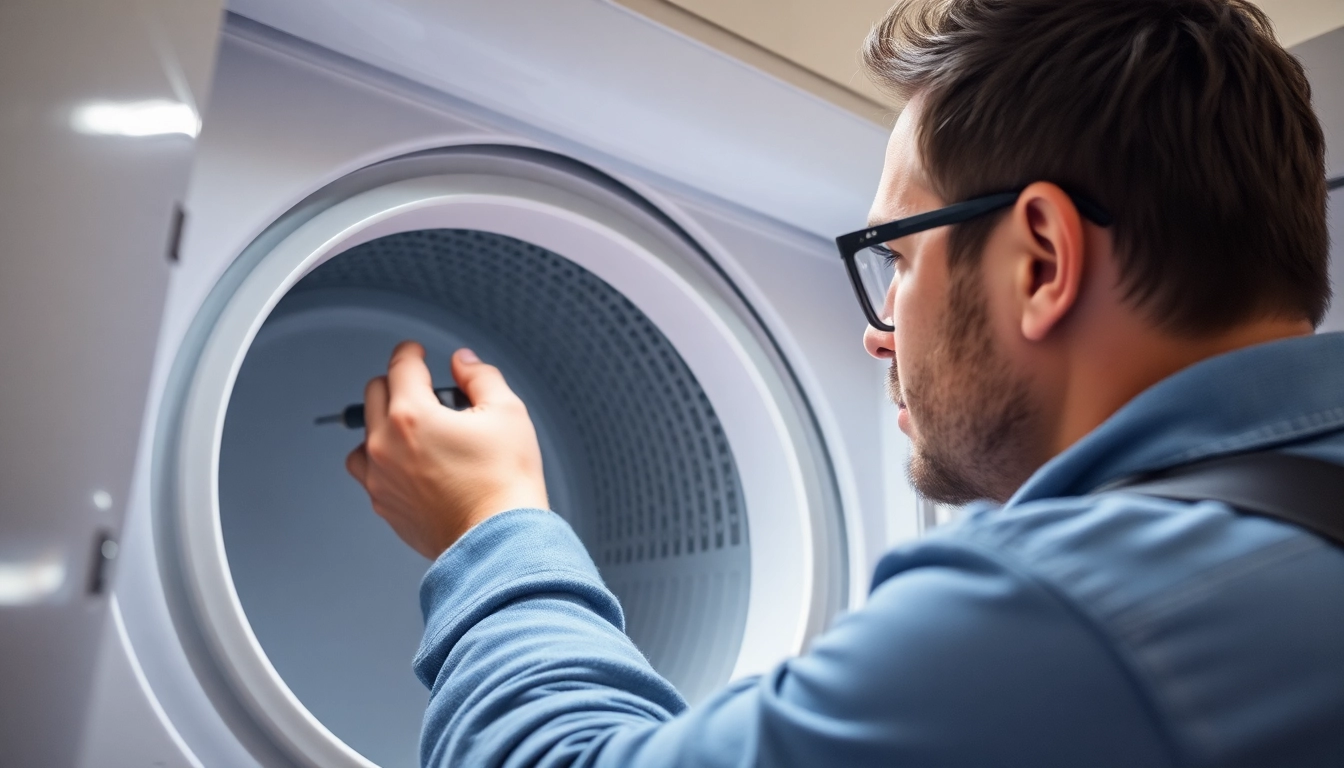Understanding Company Headshots
Definition and Purpose
Company headshots are professional photographs that represent individuals in the corporate setting. Often used for various professional platforms including company headshots, corporate websites, LinkedIn profiles, and marketing materials, these headshots serve a crucial role in conveying professionalism and trustworthiness. They provide a visual emphasis of the brand identity and personal image of employees, influencing how clients and partners perceive a company and its staff.
Types of Company Headshots
Company headshots can be broadly categorized into several types, reflecting the diversity in corporate cultures and professional needs:
- Traditional Portraits: Classic head-and-shoulders shots typically set against a neutral background. This type emphasizes professionalism and a serious demeanor.
- Environmental Headshots: Taken in work settings, these images provide context about the professions or industries of the subjects, adding personality to the professional image.
- Candid Shots: These photos capture subjects in action or during work-related activities, portraying authenticity and engaging storytelling.
- Virtual Headshots: In the digital age, headshots created remotely have gained popularity, allowing individuals to capture high-quality images in their own spaces.
Why They Matter for Your Brand
Company headshots are not merely a formality; they play a strategic role in branding and marketing efforts. High-quality headshots can build credibility and convey a strong first impression. When potential clients or partners interact with your brand, they are often met with photographs that can either entice or deter their interest. Here are some reasons why investing in professional headshots is key:
- First Impressions: Studies show that people develop opinions about others within seconds of meeting them. High-quality headshots can set a positive tone immediately.
- Brand Consistency: Uniformity in company headshots across various platforms creates a cohesive brand image, enhancing trust among potential clients.
- Professional Representation: Employees are often viewed as representatives of the brand. Their headshots should reflect the values and professionalism of the company.
Preparing for Your Headshot Session
Choosing the Right Outfit
Deciding what to wear for a company headshot is crucial as it affects the perception of your brand and personal image. Here are essential guidelines:
- Top Choice Colors: Solid colors generally work best. Neutral tones or darker colors like navy, grey, or black can create a polished look.
- Avoid Patterns: Loud patterns, stripes, or distracting prints can divert focus from your face. Opt for simple designs that enhance your professional appearance.
- Fit and Comfort: Choose outfits that fit well and make you feel confident; discomfort can impact your expression and body language.
Guidelines for Posing
The way you pose can significantly influence the overall impression of your headshot. Here are some tips on effective posing:
- Posture Matters: Stand or sit up straight; a good posture conveys confidence. Avoid slouching or leaning back.
- Facial Expression: A genuine smile can go a long way. Practice different expressions to find the one that feels natural while still looking professional.
- Angle Your Body: Slightly angling your body rather than facing the camera straight on can create a more dynamic and engaging image.
Selecting a Background and Setting
The background of your headshot can have a profound impact on how the photo is perceived. Choose backgrounds that complement but do not overshadow your image:
- Neutral Backgrounds: Simple, solid colors keep the focus on you and avoid distractions.
- Workplace Settings: Incorporating recognizable elements from your work environment can add context and personality.
- Outdoor vs Studio: Depending on your industry, an outdoor setting may convey approachability, whereas studio shots often communicate professionalism.
Working with Professional Photographers
What to Look for in a Photographer
Choosing the right photographer is crucial for obtaining quality company headshots. Here’s how to select the best fit:
- Portfolio Review: Examine the photographer’s portfolio to ensure their style aligns with your vision.
- Experience with Corporate Clients: Look for photographers who specialize in corporate headshots, as they understand how to capture the essence of professionalism.
- Reviews and References: Check reviews and ask for references to verify their reputation and reliability.
Understanding Headshot Packages and Pricing
Headshot packages often vary in terms of services and pricing. Here are some points to consider:
- Package Inclusions: Be sure to understand what is included—a digital gallery, retouching services, or additional sessions can vary widely.
- Budget vs Quality: While affordability is important, choose quality over cost to ensure professional results.
- Customization Options: Some photographers offer tailored packages based on specific needs, such as group rates for team photos.
Communicating Your Vision
Effective communication with your photographer can lead to better outcomes. Here are ways to convey your vision:
- Be Specific: Clearly articulate what you want in terms of style, colors, and moods.
- Provide Examples: Share reference images that reflect the type of headshot you envision.
- Feedback Loop: Be open to discuss and adjust your vision based on the photographer’s expertise.
Post-Session: Editing and Usage
Importance of Professional Editing
Editing is a vital part of the headshot process and can significantly enhance the final product:
- Standard Retouching: Basic fixes, such as blemish removal and color adjustments, should be included in the package.
- Consistency in Color and Style: Ensuring all headshots reflect similar editing styles maintains uniformity across the company.
- Final Approval: Always review the edited images carefully before finalizing; feedback at this stage is crucial.
Using Your Headshots Effectively
Once you have your headshots, it’s essential to utilize them effectively:
- Website and Social Media: Use them prominently on professional platforms while ensuring they fit within the visual theme of your brand.
- Marketing Collateral: Incorporate headshots into brochures, business cards, and press releases to enhance brand image.
- Networking: Share them during professional interactions, making it easier for others to remember and recognize you.
Updating Headshots for Brand Evolution
As your brand evolves, so should your headshots:
- Reflecting Changes: Regular updates will ensure that your online presence remains relevant and consistent with current branding.
- Employee Changes: When new employees join or staff changes, it’s essential to reflect those alterations across the company’s visual branding.
- Scheduled Reviews: Set a timeline for regular headshot reviews, perhaps annually, to maintain consistency and quality.
Trends and Best Practices in Company Headshots
Current Trends in Headshot Photography
Staying informed about current trends in headshot photography can help ensure your images are modern and resonate with contemporary audiences:
- Natural Lighting: More photographers are utilizing natural light to create soft and inviting images that evoke authenticity.
- Minimalist Approaches: Simplistic backgrounds and unembellished settings emphasize the subject, allowing personalities to shine.
- Interactive Sessions: Photographers are increasingly engaging with subjects during shoots to capture genuine expressions and attitudes.
Consistency Across Team Headshots
For businesses, maintaining a consistent look across team headshots is paramount. Key points include:
- Same Photographer: Using the same photographer can ensure uniformity in style and quality.
- Standardized Guidelines: Establish clear standards regarding attire, posing, and backgrounds for cohesive visual branding.
- Group Orientation: When photographing multiple team members, scheduling sessions in close succession can enhance consistency.
Impact of Virtual Headshots for Remote Teams
In the wake of remote work trends, virtual headshots are becoming increasingly relevant:
- Accessibility: Remote employees can capture high-quality headshots without the need to travel to a studio, making it easier for teams to have updated images.
- Professional Consistency: Virtual headshots allow companies to maintain a uniform appearance across remote teams, presenting a cohesive brand to clients.
- Timeliness and Efficiency: The accessibility of remote headshot services means updating images can happen swiftly, leading to more timely brand representations.



